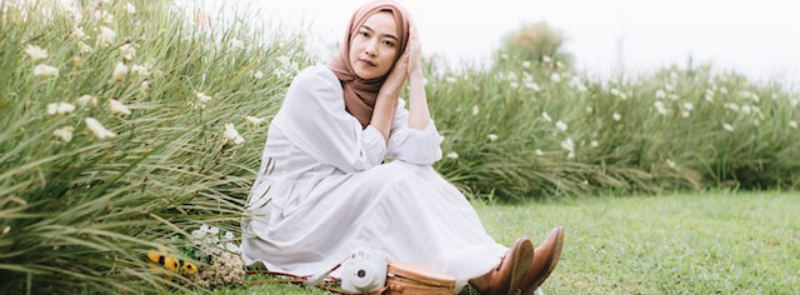
When It Occurs
Every February 1st
Official Website
Timeline
Days Passed (1016)
# Hashtags
#WorldHijabDay #HeadScarf
On February 1st, World Hijab Day is commemorated to pay tribute to Muslim women who wear the hijab. It also serves as an opportunity to encourage women from various backgrounds and religions to don and experience the hijab.
Founded by Nazma Khan in 2013, World Hijab Day is observed in 140 countries globally. The day is dedicated to educating and raising awareness about the reasons behind wearing the hijab. Additionally, it sheds light on the discrimination faced by Muslim women and emphasizes the head covering as a fundamental right. The organizers aspire to promote better understanding for women who choose to wear the Muslim headscarf.
Origin and History
-
Establishment: World Hijab Day was first observed in 2013 by Nazma Khan, a Bangladeshi-American activist, as a response to misconceptions and stereotypes surrounding the hijab.
-
Date: It is celebrated on February 1st each year to promote religious tolerance, cultural awareness, and women’s rights.
Purpose and Objectives
-
Awareness and Education: World Hijab Day aims to educate the public about the meaning, significance, and choice behind wearing the hijab. It seeks to dispel stereotypes and promote understanding of diverse cultural and religious practices.
-
Empowerment: The day encourages Muslim women who wear the hijab and those who do not to express solidarity and support for each other’s choices.
-
Dialogue and Solidarity: It fosters dialogue, empathy, and mutual respect across religious and cultural boundaries, promoting inclusivity and celebrating diversity.
Activities and Observances
-
Hijab Demonstrations: Women and girls worldwide are encouraged to wear the hijab for a day or participate in events where they can learn to style and wear the hijab.
-
Community Events: Schools, universities, and community organizations may host workshops, panel discussions, and cultural exhibitions to raise awareness about the hijab and Islam.
-
Social Media Campaigns: Supporters share personal stories, photos, and videos using hashtags like #WorldHijabDay to amplify messages of tolerance, acceptance, and respect.
Global Impact
-
International Participation: World Hijab Day is observed globally, involving individuals, organizations, and communities from diverse backgrounds who support religious freedom, women’s rights, and cultural diversity.
-
Advocacy: The day serves as a platform to advocate for women’s rights to dress according to their religious beliefs and personal choices without fear of discrimination or prejudice.
Challenges and Progress
-
Challenges: Muslim women who wear the hijab may face discrimination, Islamophobia, and misconceptions about their religious and cultural identities.
-
Progress: World Hijab Day promotes efforts to challenge stereotypes, combat prejudice, and promote inclusivity in workplaces, schools, and public spaces.
Empowerment and Identity
-
Personal Choice: World Hijab Day highlights the importance of respecting women’s agency and autonomy in deciding whether to wear the hijab.
-
Cultural Identity: For many Muslim women, the hijab represents a symbol of faith, identity, and empowerment, reflecting personal and religious convictions.
Conclusion
World Hijab Day promotes understanding, tolerance, and respect for religious and cultural diversity, emphasizing women’s rights to express their identities and beliefs through attire. By encouraging dialogue and solidarity, the day fosters a global movement towards inclusivity, acceptance, and mutual respect. It invites individuals and communities to reflect on the importance of religious freedom, gender equality, and cultural diversity in building a more harmonious and inclusive society where everyone’s choices and beliefs are respected and celebrated.


